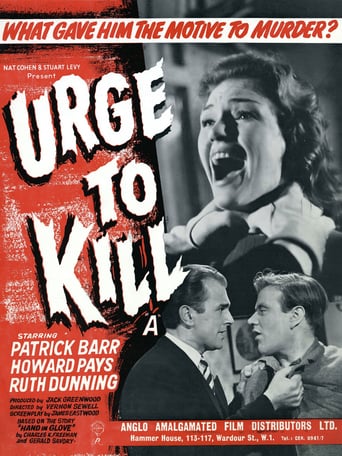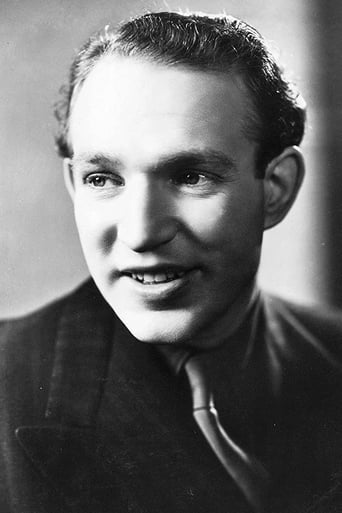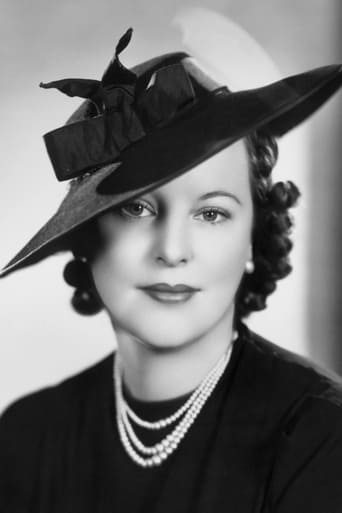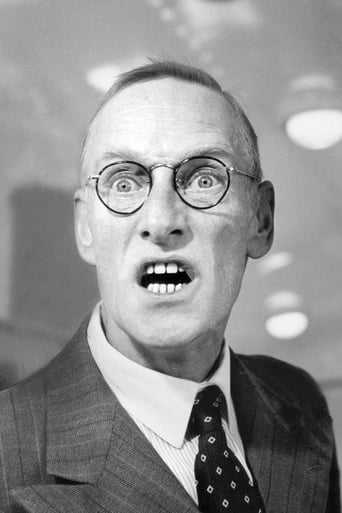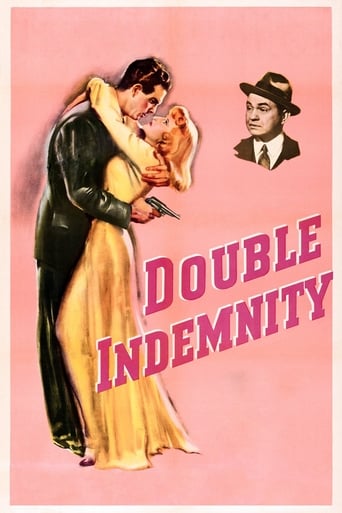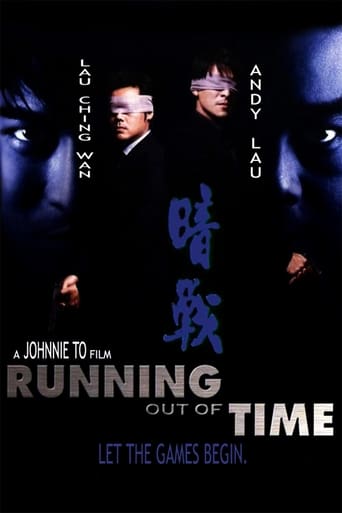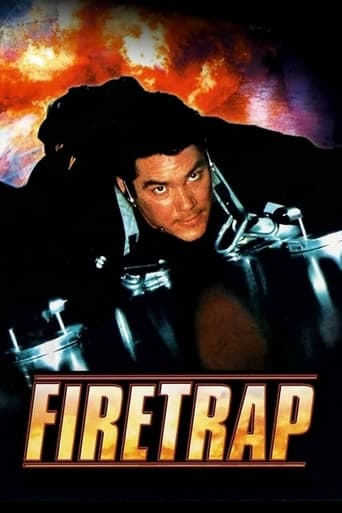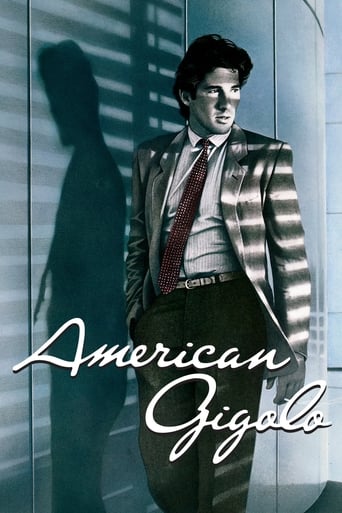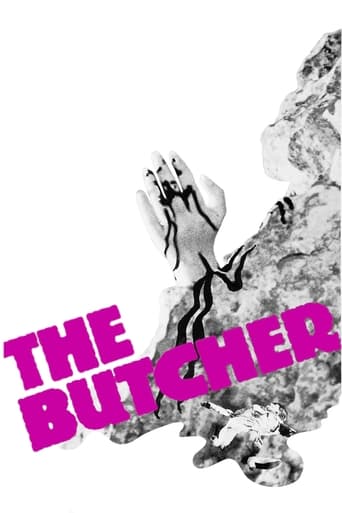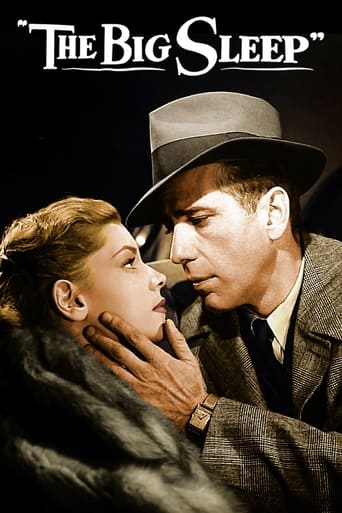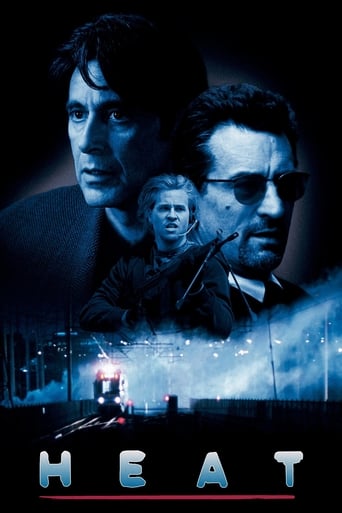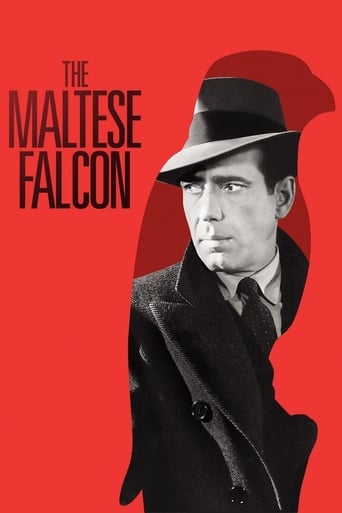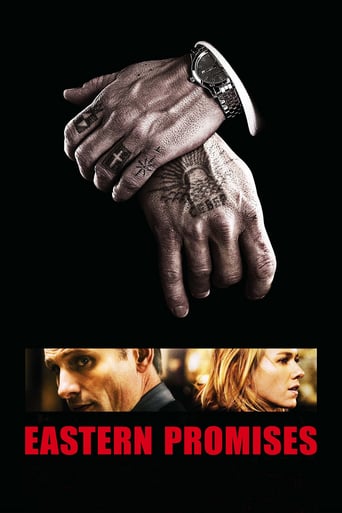Urge to Kill (1960)
A psychopathic killer murders three girls before police catch him.
Watch Trailer
Free Trial Channels
Cast


Similar titles
Reviews
Purely Joyful Movie!
Did you people see the same film I saw?
Story: It's very simple but honestly that is fine.
One of the film's great tricks is that, for a time, you think it will go down a rabbit hole of unrealistic glorification.
In a small town someone is strangling young women. Attention centres on a boarding house for the culprit but who? The mumsy landlady, the scripture quoting salesman, the spruce young man, the mentally challenged boy? The murderer is revealed too soon so that takes some of the the tension out of the narrative. It is based on a novel by by Gerald Savory and the play 'Hand In Glove' by Gerald Savory and Charles K. Freeman so using the latter it is mostly confined to one set but there is some location shooting.Acting wise it is decent enough with good performances from Ruth Dunning, Howard Pays and Anna Turner with able support from Wilfrid Brambell and top billed Patrick Barr as Superintendent Allen. The redoubtable Rita Webb has a small role. The educationally subnormal young man is played by Terence Knapp who played the same role a year earlier in an ABC television adaptation of the play. The film is moderately entertaining. One wonders what the television version was like.
While walking home from the movies late at night a young woman is murdered. We don't see the murderer, but we can tell that the victim knows her killer. The murder is particularly gruesome with the girl getting sliced and diced with a broken bottle. The main suspect is a local mentally challenged lad, Terence Knapp, whose hobby just happens to be collecting bits of broken glass. The lad lives in a boarding house where of course the mandatory selection of suspicious characters dwell. The religious retired teacher, the housekeeper, the homely woman and the ladies' man etc. The police question the lad but release him because of lack of evidence. Several days later another girl is killed. Now the locals believe the police are missing the boat and plan to settle the score themselves. There are several death threats and a large rock through the front window. The police grab up Knapp again for a fresh round of questions. The Chief Inspector, Patrick Barr, decides the boy is not the killer and again releases him. Barr then starts a more intensive questioning of the boarding house's other tenants. The seemingly obvious red herring about the ladies' man, Howard Pays, turns out to be neither red, nor a herring. Twenty minutes in and we know who the killer is. Pays has a major problem when dealing with the opposite sex. He kills them. Now we get to watch as Pays makes several attempts at setting up poor Knapp. He then tries to work in another murder but is interrupted by Barr. The Inspector has finally tumbled to Pays act and puts the grip on him before he can escape.Roaring along from start to finish in just 58 minutes it is nowhere as silly as it might sound. I found the film, taken from a stage play by Charles Freeman, fairly entertaining in that low budget sort of way .Besides Barr, Knapp and Pays, the cast includes Ruth Dunning, Wilfred Brambell, Anna Turner, Chris Trace and Yvonne Buckingham.The director was UK veteran Vernon Sewell. His work include the noir, "Latin Quarter", "Radio Cab Murder", "Spin A Dark Web", "Uneasy Terms" and the top flight "Strongroom" and "The Man in the Back Seat". The latter film makes my personal top 25 film noir.All in all, it is a watchable little time-waster for a cold winter night. And it is winter here!
Presented in some countries as an Edgar Wallace Mystery, this tale rarely rises above the ordinary and obvious. In a boarding house run by mumsy Auntie B we find her nephew Hughie, a 'mental case', and a smooth suited chap, as well as a former teacher (Wilfred Brambell, pre Steptoe.Someone is murdering young girls: of course, Hughie is suspected because he collects broken glass and the victims are usually slashed - but is he really responsible? The solution is obvious early on so there's no real suspense. Still it is watchable, if not essential.Performances are generally OK; stalwarts like Patrick Barr as chief copper appear - and the story attempts to put a little grit into the situation. But the heart isn't really in it, and this film feels resolutely middle-class.
Not to be confused with the still unreleased Derek Ford/Dick Randall swansong of the same name, this Urge to Kill is a Vernon Sewell directed effort from 1960. It begins with the sort of murder scene where the killer's identity is kept off screen but in order to suggest he is known to the victim, she goes to her death saying something like "oh what are you doing here, why are you putting your hands on my throat, arrrgggghh". As the film, based on a play, is mostly set in the guest house of Auntie B, likely suspects include Auntie B herself (Ruth Dunning), smarmy young lodger Charles Ramskill (Howard Pays) who Auntie B is trying to marry her daughter off to, Auntie B's backwards nephew Hughie (Terence Knapp), and impeccably dressed city businessman Mr. Forsythe (Wilfrid Brambell), who is never without a good biblical quote. Having nailed Tod Slaughter in Murder at the Grange, Superintendent Patrick Barr investigates. This being the unenlightened, insensitive early sixties, the victim's private life is up for comment "perhaps she was a jezebel?", and suspicion falls on child like simpleton Hughie, with even Barr's second in command remarking "you never know with these mental cases". (A few spoilers coming up) Of course any viewer with a bit of Sherlock Holmes about them will soon guess that Hughie is way too much of a red herring to really be the murderer, that and the fact that the film is gearing up to provide a message about the dangers of finger pointing and the lynch mob mentality as locals gather in the pub, threatening to turn vigilante and do away with Hughie. Nor does the killer turn out to be Wilfrid Brambell ..shame as it would have tied this in nicely with Cover Girl Killer.Urge to Kill is less a whodunit though, rather a "will they figure out whodunit" as the killer's identity is revelled early on leaving him to try and frame Hughie by stealing his coat and placing it near victim number two .the rotter. While not quite in the same league as Sewell's The Man in the Back Seat, the jewel in the busy director's crown made the same year, Urge to Kill is a serviceable enough second feature that doesn't overstay its welcome (it runs just under an hour). The sort of film ITV used to show in the early hours, till they discovered inane phone in quiz shows rake in more money than creaky British B movies made in nineteen frozen-to-death. Its slightly let down by Terence Knapp's caricaturish turn as Hughie, his performance as someone with learning difficulties often resembling George Formby playacting being drunk, and after all the clever scheming the way the killer gives the game away is a laugh. Frustrated the police haven't found Hughie's coat, he tells Barr something to the effect of "I haven't seen Hughie's coat, but why not try looking " then says the exact place where its hidden, D'oh! Also look out for a very brief appearance by Rita Webb in one of her earliest film roles, and a scene that entails a character suddenly having to leave the pub in which the actor obviously thought he could sneak in one last swig of his pint only to end up spilling most of it down his shirt. That'll teach him to drink on the job.

